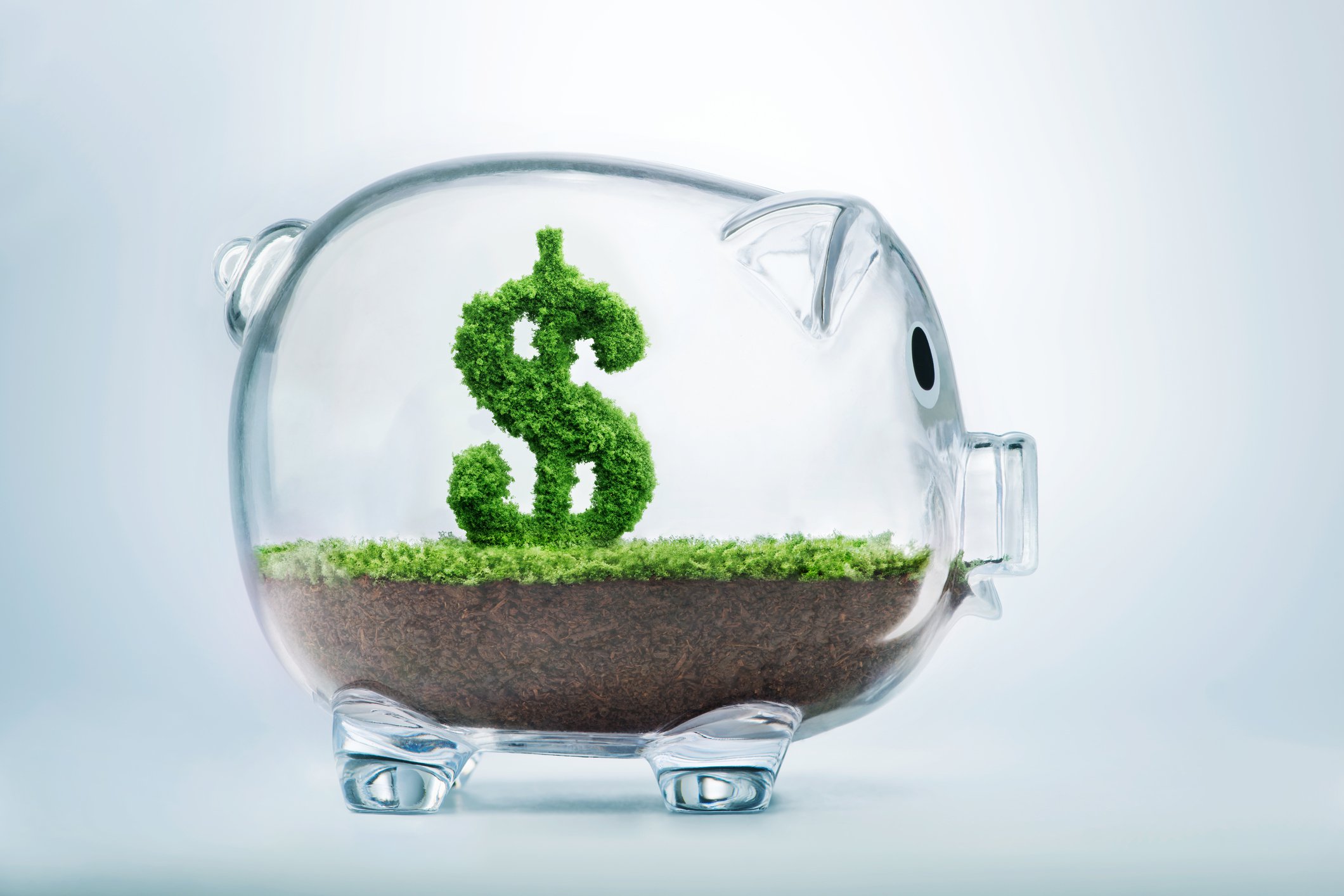
It's not always easy to do the right thing. Years ago, for example, if you wanted to improve your diet by eating whole wheat pasta, it wouldn't have tasted as good as regular pasta -- and it would have cost you more, too. (Whole-wheat pastas have improved since then.) Sometimes, though, doing the right thing can be a win-win proposition. Here are a bunch of ways that you can do right by the environment while saving money, either now or eventually.
See how many of the following ideas you can put into action -- and how much money they could save you. You might surprise yourself -- and your bank account.
Invest better with The Motley Fool. Get stock recommendations, portfolio guidance, and more from The Motley Fool's premium services.